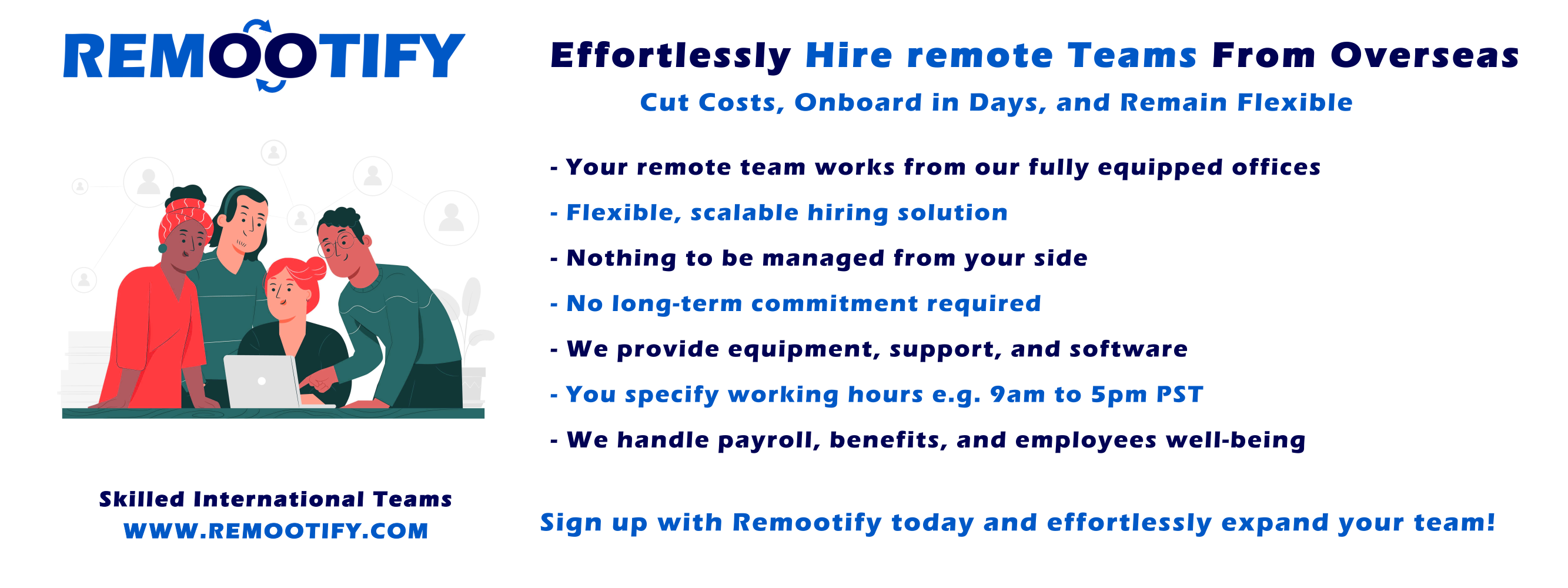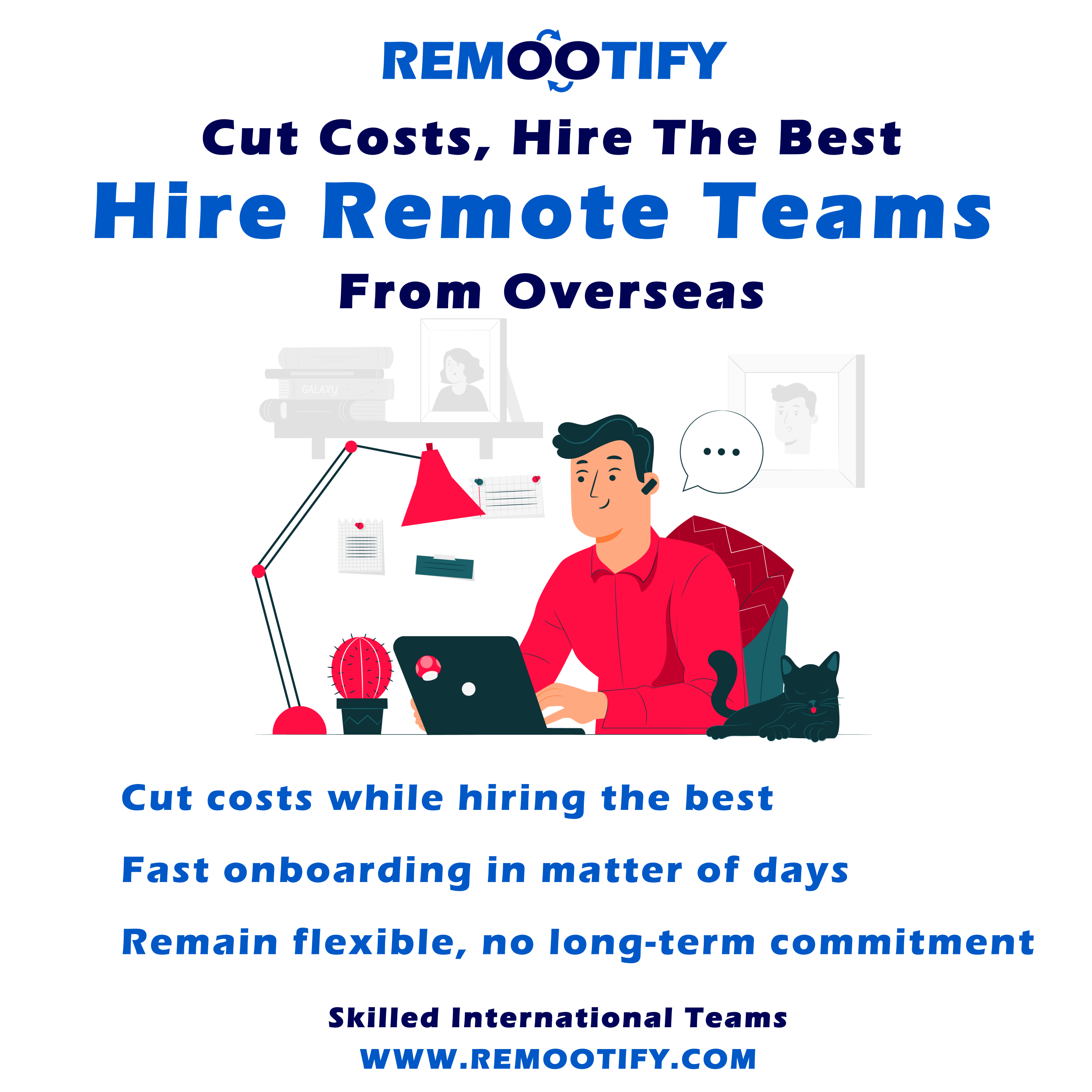Start hiring YOUR REMOTE TEAM, Today!
Enter your information below to start a discussion with one of our team members!

The relationship between HR and payroll is often a source of confusion and myths. This article aims to clarify the question, “Does HR do payroll?
By examining historical context, evolving HR roles, and modern collaborative approaches, we’ll uncover HR’s vital role in payroll management and its significance in today’s business landscape.
Let’s demystify HR’s involvement in payroll processes.
The Traditional Perception of HR and Payroll
A. Historical context
- HR (Human Resources) and Payroll have traditionally been seen as administrative functions within organizations.
- Historically, HR primarily focused on personnel management and compliance, while Payroll concentrated on salary calculations and disbursements.
- This historical perception was rooted in the need for organized labor relations and efficient payroll processing during the industrial era.
B. Common misconceptions
- HR’s primary responsibilities
- Misconception: HR’s main role is limited to hiring and firing employees.
- Reality: HR encompasses a broader range of responsibilities, including talent development, training, employee engagement, and workplace culture management.
- Misunderstandings about payroll
- Misconception: Payroll is a straightforward task of just calculating and distributing employee salaries.
- Reality: Payroll also involves tax compliance, benefits administration, and complex record-keeping, making it more than just a basic calculation process.
C. How Do these misconceptions impact organizations
- Inefficient resource allocation: When HR and Payroll are only viewed as administrative functions, organizations may not invest adequately in strategic HR initiatives and payroll technology, potentially hindering overall efficiency.
- Limited strategic impact: Misconceptions about HR’s role may prevent HR professionals from contributing to strategic decision-making, resulting in missed opportunities to align HR practices with organizational goals.
- Compliance risks: Failing to recognize the complexity of payroll can lead to errors in tax withholding and compliance, potentially resulting in legal and financial issues for the organization.
- Employee dissatisfaction: An overly administrative perception of HR may lead to inadequate support for employee development and engagement, impacting employee satisfaction and retention rates.
- Missed opportunities for innovation: When HR and Payroll are seen narrowly, organizations may miss out on innovative practices, such as data analytics and automation, which can enhance efficiency and decision-making.
The Evolution of HR’s Role in Payroll
A. Changing dynamics in HR departments
- Shift from administrative to strategic: HR departments have evolved from primarily administrative roles focused on data entry and compliance to more strategic functions. They are now actively involved in aligning payroll practices with overall business goals.
- Enhanced collaboration: HR now collaborates more closely with other departments like finance and IT to streamline payroll processes and ensure accuracy.
- Compliance and regulations: HR must stay updated on ever-changing labor laws and tax regulations, which requires a more dynamic and adaptive approach.
B. The expanding scope of HR functions
- Employee experience: HR is increasingly responsible for enhancing the overall employee experience, which includes payroll processes. This involves ensuring timely and accurate payments, addressing employee queries, and fostering transparency.
- Data analytics: HR is using data analytics to gain insights into payroll trends, helping to make informed decisions related to compensation, benefits, and performance.
- Talent management: HR’s role now extends to attracting and retaining top talent by designing competitive compensation packages and linking them to performance evaluations.
C. Technological advancements and their influence
- HRIS and payroll software
- Integration: HRIS (Human Resource Information Systems) and advanced payroll software allow for seamless integration of various HR and payroll functions, reducing manual data entry and errors.
- Self-service portals: Employees can access their payroll information and make updates themselves, reducing the administrative burden on HR.
- Data security: Advanced systems offer robust security features to protect sensitive payroll data from breaches.
- Automation of payroll processes
- Efficiency gains: Automation reduces the time and effort required for routine payroll tasks, allowing HR to focus on more strategic activities.
- Accuracy: Automated payroll calculations minimize errors, ensuring that employees are paid correctly and on time.
- Compliance: Automation helps HR stay compliant with complex tax laws and regulations by automatically applying updates.
The Overlapping Functions of HR and Payroll
A. Recruitment and Employee Onboarding
- HR: HR plays a central role in identifying staffing needs, posting job openings, conducting interviews, and making hiring decisions.
- Payroll: Payroll comes into play by ensuring that new hires are correctly entered into the payroll system, which involves setting up tax withholding, benefits deductions, and direct deposits.
- Overlap: The collaboration between HR and Payroll is crucial during this phase to seamlessly transition new hires from the recruitment process to payroll processing.
B. Compensation and Benefits Administration
- HR: In this domain, HR is responsible for designing and managing compensation structures, developing employee benefits packages, and addressing salary negotiations.
- Payroll: Payroll’s role is to accurately process employee salaries, bonuses, and incentives, including the management of benefits deductions and contributions.
- Overlap: HR provides the framework for compensation and benefits, while Payroll executes the financial aspects of these plans, ensuring that they align with HR’s strategies.
C. Employee Records Management
- HR: HR maintains personnel records, encompassing performance evaluations, training histories, and employee demographics.
- Payroll: Payroll stores essential data, such as wage rates, tax information, and hours worked, which is critical for accurate payroll processing.
- Overlap: Collaboration is essential here, as HR and Payroll both require access to shared data to ensure accurate payroll processing and comprehensive employee record-keeping.
D. Compliance and Legal Requirements
- HR: HR ensures that the organization adheres to labor laws, regulations, and company policies in all HR-related matters.
- Payroll: Payroll is responsible for managing tax compliance, wage and hour regulations, and other payroll-related legal requirements.
- Overlap: HR and Payroll must work together to guarantee that employee compensation and practices align with legal standards, with HR setting policies and Payroll ensuring compliance.
E. Employee Relations and Dispute Resolution
- HR: HR is at the forefront of handling employee grievances, conflicts, and performance issues, fostering a positive work environment, and facilitating communication.
- Payroll: Payroll becomes involved in cases of payroll-related disputes, such as discrepancies in pay or deductions, and is required to provide necessary documentation.
- Overlap: While HR is usually the initial point of contact for employee issues, Payroll may become involved when disputes relate to compensation or payroll errors, highlighting the need for collaboration between HR and Payroll in addressing such matters.
The Collaborative Approach: HR and Payroll Working Together
A. The benefits of collaboration
- Streamlined processes: Collaboration between HR and Payroll helps streamline administrative processes, reducing redundancy and improving efficiency.
- Accuracy: Working together ensures accurate and error-free payroll processing, as HR provides essential employee data to Payroll.
- Compliance: Collaborative efforts help ensure compliance with labor laws, tax regulations, and reporting requirements.
- Employee satisfaction: When HR and Payroll collaborate effectively, employees receive accurate and timely pay, improving satisfaction.
- Cost-effectiveness: Eliminating duplication of efforts and errors can lead to cost savings for the organization.
B. Strategies for effective teamwork
- Clear communication
- Regular meetings and open channels of communication are essential for HR and Payroll to discuss issues, updates, and changes.
- Clearly defined roles and responsibilities help avoid misunderstandings and ensure accountability.
- Cross-training
- Cross-train HR and Payroll staff to understand each other’s processes and requirements. This helps in case of staff shortages and fosters empathy between teams.
- Cross-training can also help identify opportunities for process improvement and innovation.
- Integrated systems
- Implement integrated HR and Payroll software systems to share data seamlessly. This reduces manual data entry and minimizes errors.
- Ensure that these systems have reporting capabilities that can provide valuable insights to both HR and Payroll teams.
—
Conclusion
In summary, HR and payroll are inseparable in modern workforce management. Their collaboration is key to efficiency and accuracy.
Embracing this partnership is essential for organizational success.
—
FAQs
What is the role of HR in payroll management?
HR plays a crucial role in payroll management by handling aspects such as employee data, benefits administration, and compliance. They ensure that payroll processes are accurate and compliant with labor laws.
How has technology impacted HR and payroll management?
Technology has revolutionized HR and payroll management through automation, HRIS (Human Resource Information Systems), and payroll software. These tools streamline processes, reduce errors, and enhance efficiency.
What are the benefits of HR and payroll collaboration?
Collaboration between HR and payroll leads to smoother onboarding, accurate compensation, and better compliance. It also fosters a more cohesive and productive work environment.
How can organizations encourage collaboration between HR and payroll departments?
Effective collaboration can be fostered through clear communication, cross-training, and integrated systems. Creating a culture of teamwork and shared responsibility is essential.





